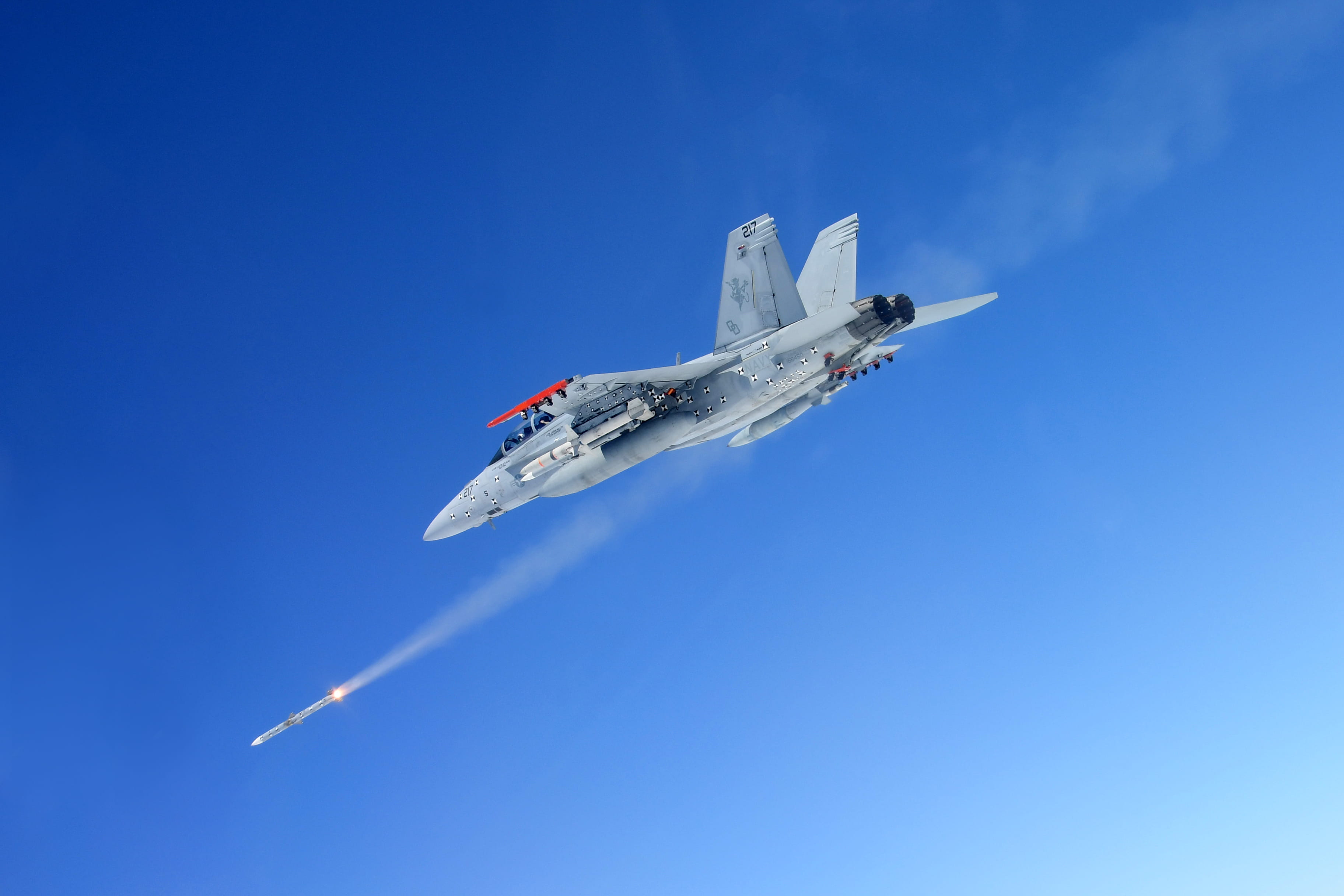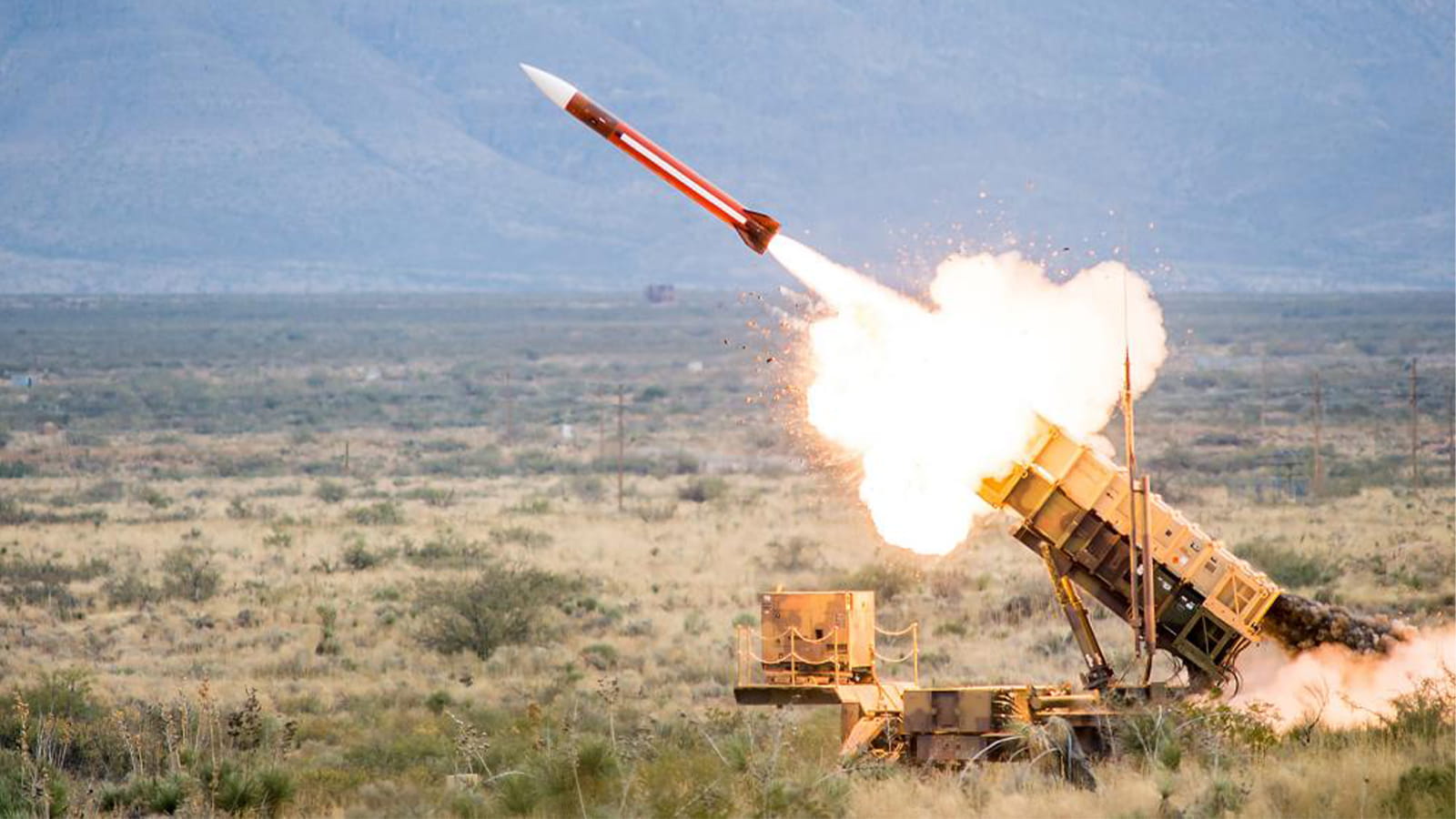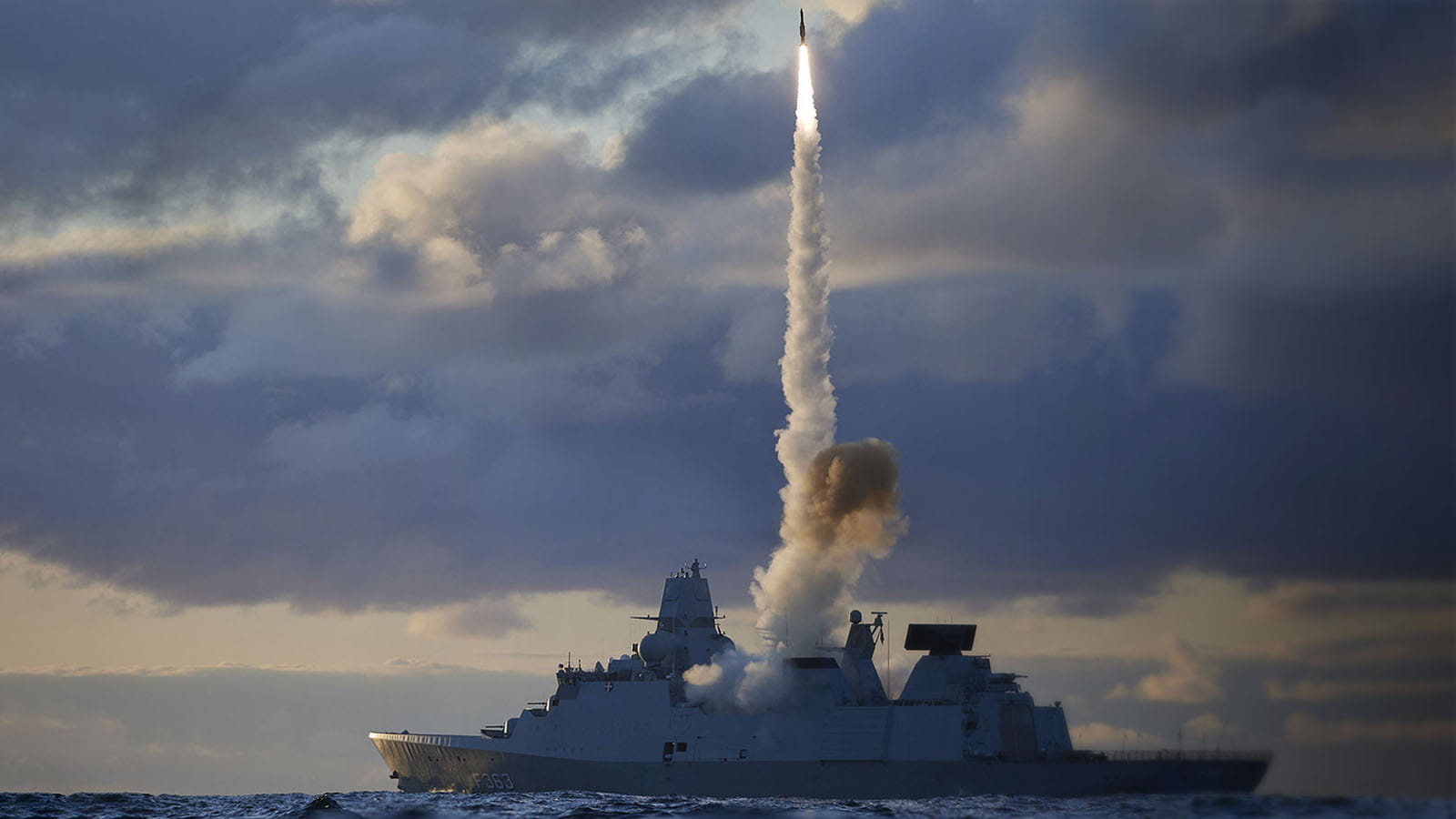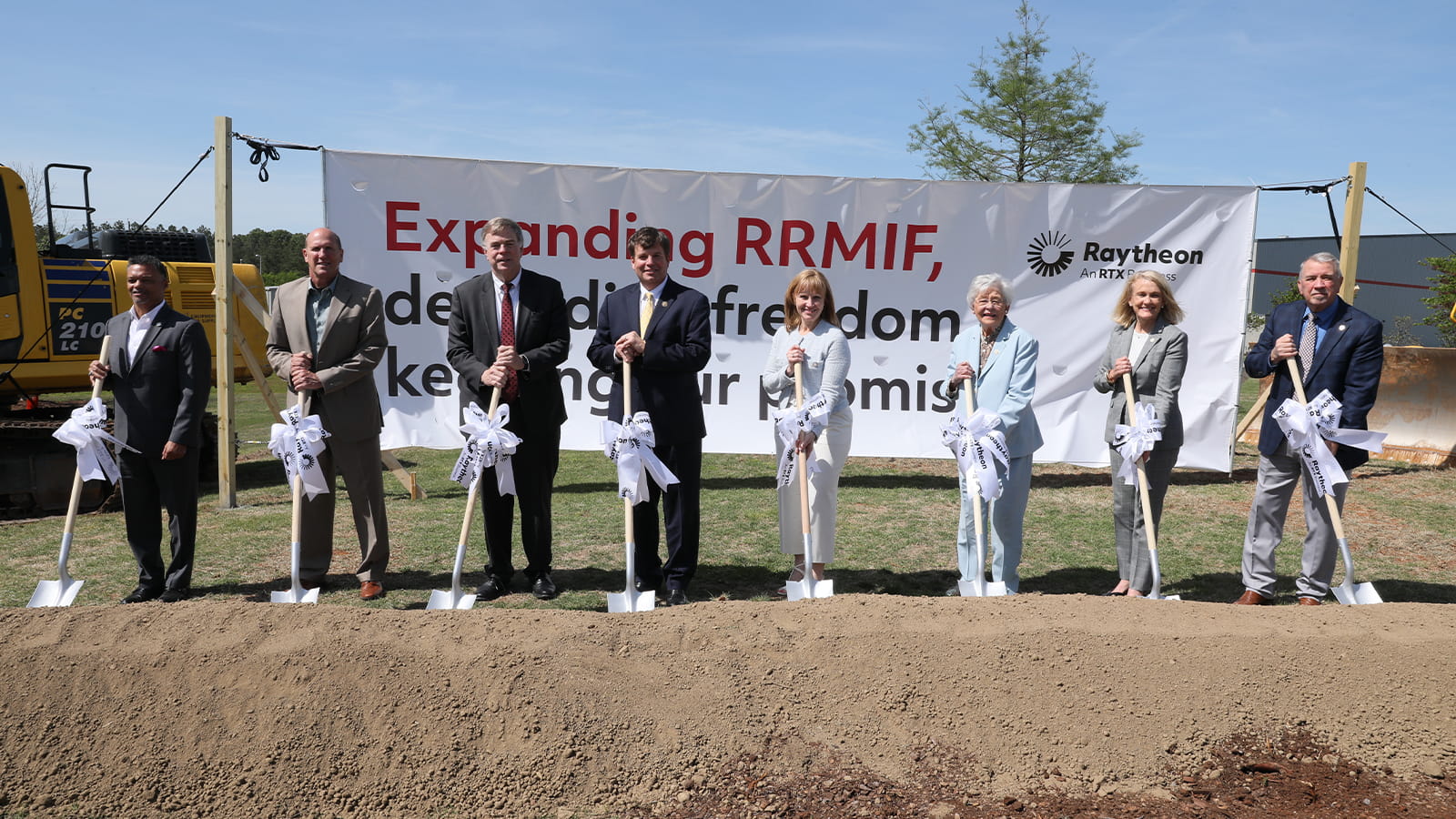New AMRAAM F3R missile brings force modernization
Hardware and software updates to improve guidance, range and performance
The AMRAAM missile is a modern marvel of military technology. And it’s getting even better.
Thanks to a development effort called F3R – form, fit, function refresh – the medium-range missile is being upgraded to address rapidly evolving threats. The new missile, with its improved guidance circuitry and software, supports the U.S. military’s imperative to upgrade existing technologies and keep pace with advanced threats.
“Operational imperatives are the things we have to do to be successful and to have a successful deterrent,” said U.S. Air Force Secretary Frank Kendall. “These problems are already upon us; they’re not future things we have to worry about at some time five or 10 or 15 years down the road. They’re here now. We have to address them with a strong sense of urgency.”
Maximizing the capabilities of AMRAAM addresses today’s operational imperatives. With the hardware and software advancements, such as the recently fielded System Improvement Program-3, AMRAAM continues to break its own records with range and capabilities brought to the warfighter.
“Today’s AMRAAM is a mature, highly advanced, intelligent weapon we continually innovate and modernize,” said Paul Ferraro, president of Air Power at Raytheon, a Raytheon Technologies business. “It helps to maintain air dominance for the U.S. and its allies around the globe, and the F3R refresh will ensure it continues to do so well into the future.”
In use by 41 nations, the AMRAAM missile is flying on the F-15C Eagle and F-15E Strike Eagle, F-16 Fighting Falcon, F/A-18 C/D Hornet and F/A-18E/F Super Hornet, F-22 Raptor, Eurofighter Typhoon, JAS-39 Gripen, Panavia Tornado and Harrier Jump Jet. It is also the only air-to-air missile qualified on the F-35 Joint Strike Fighter.
The F3R effort included the use of digital technologies such as model-based system engineering to upgrade 15 circuit cards in the missile’s guidance section. The missile will have new software as well.
As part of the F3R updates, Raytheon is modifying the AMRAAM design to accommodate new parts and keep it ahead of modern threats. At the same time, they’ll bring in new processors, for example, that are able to incorporate more advanced algorithms and can calculate faster.
“It all translates into better performance for the end user – the U.S. Air Force, the U.S. Navy and foreign military sales customers,” Ferraro said.
For the F3R refresh, the business is using a tool it calls “M-Sim,” short for emulation simulation, to emulate hardware on circuit cards so that software designers can rapidly build, test and integrate software into hardware.
Separately, Raytheon will also use digital design and
manufacturing to produce new AMRAAM-Extended Range missiles, which launch from
the surface as part of ground-based air defense systems.
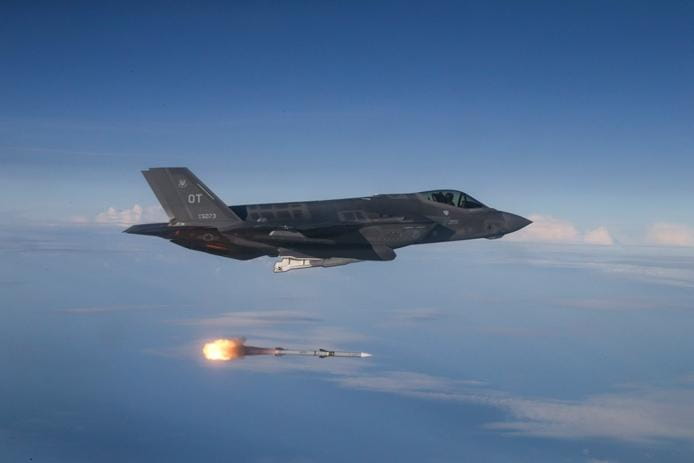
An F-35A Lightning II test aircraft released AMRAAM missiles and AIM-9X missiles at QF-16 targets during a live-fire 2018 test over an Air Force range in the Gulf of Mexico. (Photo: U.S. Air Force)
Put through the paces
Integrating the F3R variant onto several fourth- and fifth-generation aircraft requires testing – and a lot of it.
Raytheon and the Air Force successfully completed the latest series of captive flight tests, which involved flying an instrumented captive missile on multiple F-15, F-16 and F/A-18 air-to-air intercept missions.
It was the most strenuous testing to date that included stressing the latest F3R hardware and a robust sustainment program called System Improvement Program, or SIP-3F, software updates.
“We continue to keep the hardware out in the field relevant through software upgrades,” said Steve Dickman, executive director for Air Dominance at Raytheon.
The tests included demonstrating how the weapon works in a realistic environment.
“We can simulate a lot in our laboratory, but there’s nothing like the real-world environment where we’re able to prove out our capability,” Dickman said.
Data gathered from these flight tests will be used to fine-tune the software, which will undergo live-fire tests in 2022. The business expects to deliver the F3R variant in 2023.
“It sets us up for the future of AMRAAM – to bring more capability to our customers,” Dickman said.
Partnering internationally
The AMRAAM missile is the baseline weapon on the National Advanced Surface-to-Air Missile System, or NASAMS, allowing countries to use the same missile in both air-to-air and surface-launch engagements with no modifications.
The first guided test vehicle flight series of AMRAAM-ER was conducted on July 5, 2021, at the Andoya Space Center in Norway. This exercise successfully demonstrated the complete system kill chain – from sensor to effector – and was the first cued and guided AMRAAM-ER flight.
“Modern warfare is a constantly changing dynamic. The U.S. and its allies must be ready to stay ahead of the threat,” Dickman said. “We must be able to operate in a dense electronic attack environment with countermeasures that the enemy might take.”
Raytheon is partnering with Norwegian industry and Ministry of Defence to develop the next variant of AMRAAM-ER, which is integrated into the NASAMS launcher.
The AMRAAM-ER missile has a rocket motor built by the Norwegian defense company Nammo. The missile intercepts at longer ranges and higher altitudes than other surface-launched effectors.
The business is working with Nammo to develop an improved rocket motor for the AMRAAM-E2 variant and also with KONGSBERG on a new control actuation system.

